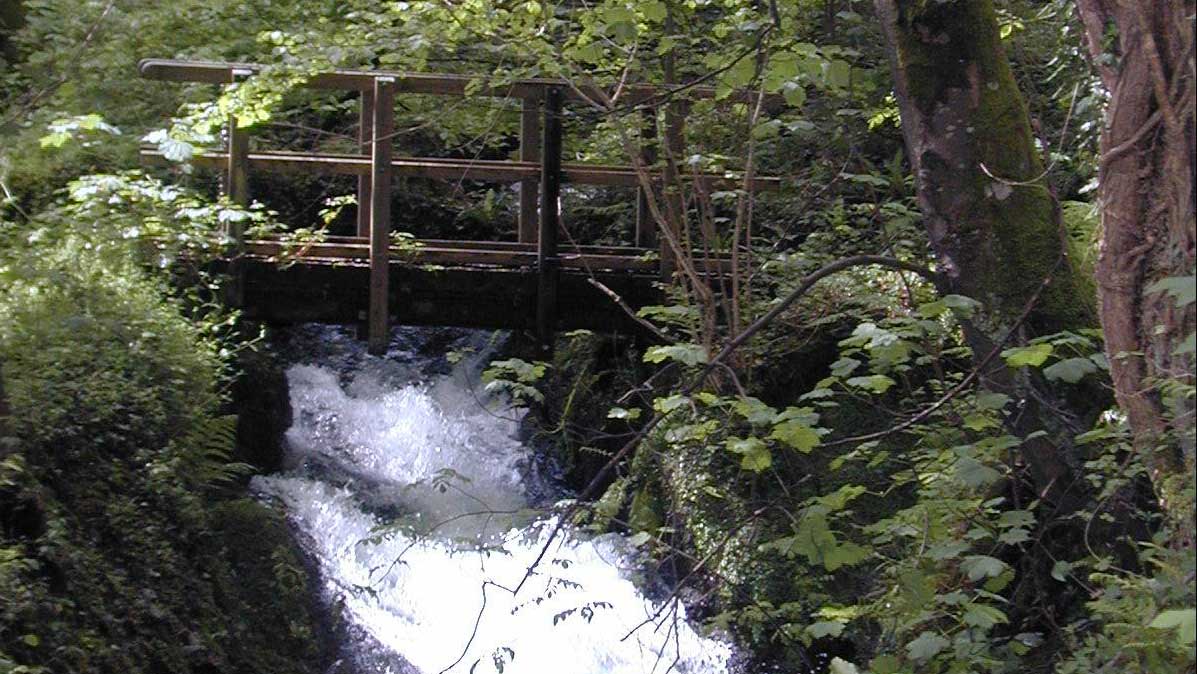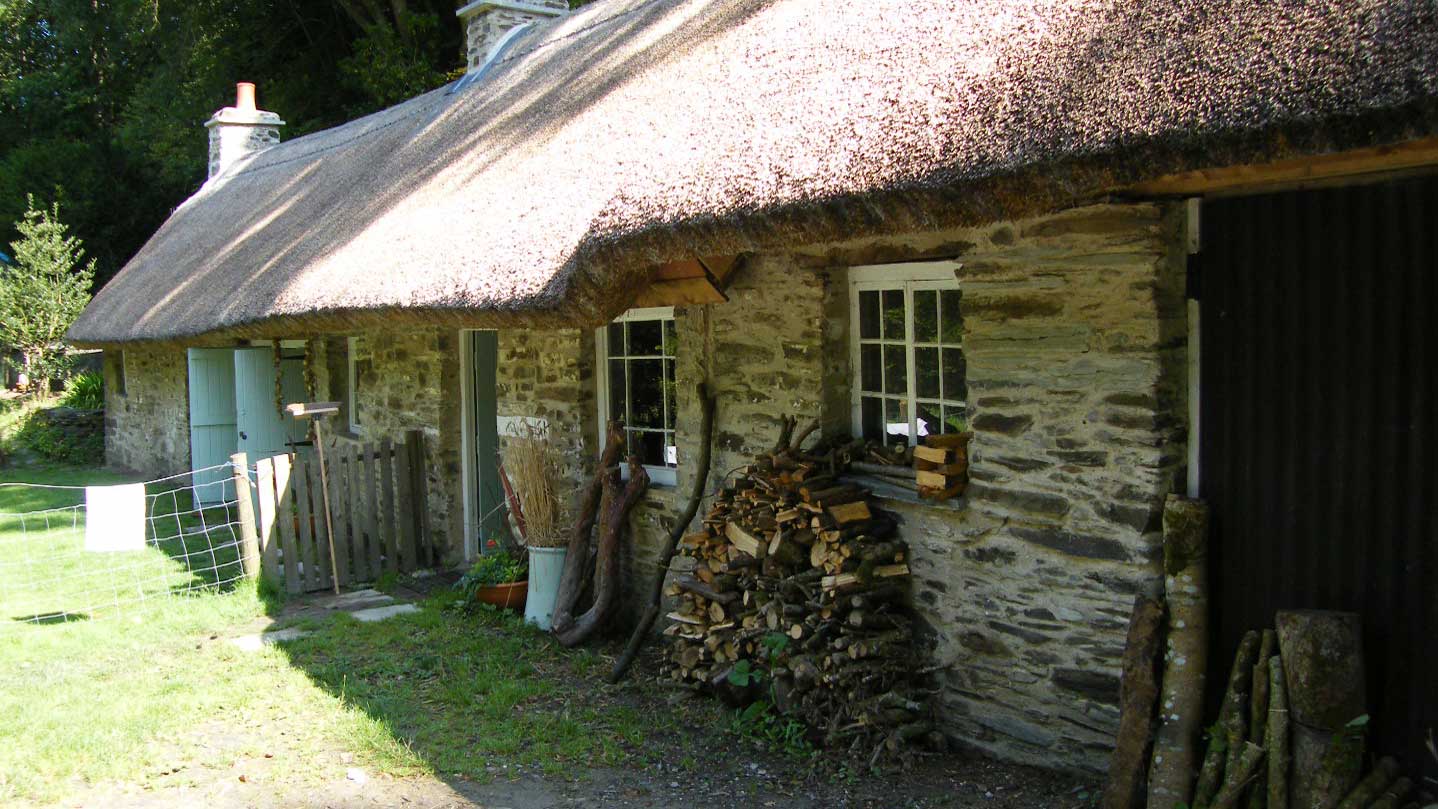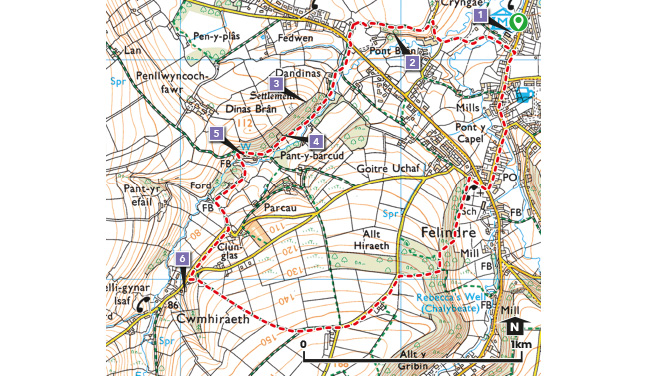Dre-fach Felindre
Dre-fach Felindre
From the middle ages until the mid-19th century, woollen manufacturing was amongst the most important industries in Wales. The 19th century villages of Dre-fach Felindre, Waungilwen, Drefelin, Pentrecagal, Cwmpengraig, and Cwmhiraeth became an industrial enclave in rural west Wales, complete with brass bands, male voice choirs and a strong trade union. The area was once referred to as the Huddersfield of Wales and probably produced more flannel than any other parish in Wales. The material was used mainly to clothe the workers in the South Wales coalfield and steelworks as well as soldiers in the First World War.
Visitors with an eye for industrial heritage will be constantly reminded of the areas’ heyday of the mid-1920s when over 50 mills were in operation. Most of the looms have gone now but the buildings remain. The old mills and workshops still line the Bargod, Bran and Esgair streams that once provided the power for the machinery.
An extensive network of ancient paths, tracks and drovers’ roads thread their way through valley woodlands, along streams and over agricultural land, linking the mills and farms with the villages. They lead the walker through countryside rich in archaeological, social and wildlife interest.
The woodlands have a natural wild feel about them. Year-round, luxuriant ferns carpet the ground and in spring, before the canopy closes, the woodland floor is bright with Celandines, Bluebells, and other colourful woodland flowers. Most of the agricultural land occupies the higher ground between the wooded valleys. The more open aspect of the paths through the fields allow sweeping views to the Tiefi Valley and beyond.
Why Walk?
The countryside surrounding Dre-fach Felindre is a very attractive mix of ancient woodland, flower rich hedgerows and open fields that provide wonderful views over the local landscape and out towards the beautiful Teifi Valley.
An extensive network of ancient paths, tracks and drovers’ roads thread their way through valley woodlands, along streams and over agricultural land, linking the mills and farms with the villages. They lead the walker through countryside rich in archaeological, social and wildlife interest. The National Wool Museum is a must for family groups and anyone with a passion for history.
The National Wool Museum is a must for family groups and anyone with a passion for history.
How Long?
It is 5km long (3.2 miles) with 126m of ascent (413 ft).
How Hard?
Mostly along well-defined paths of a gentle gradient, but there are steeper sections which may prove strenuous to some walkers. Hiking boots or stout shoes are recommended. Allow 2 - 3 hours.
Starting point: National Wool museum.
Car Park: Museum car park or within the village centre
Public Transport - ✔ Refreshments - ✔
Video highlights of the Drefach Feindre walk
Points of Interest
1. The National Wool Museum is housed in the former Cambrian Mills. It tells the history and importance of the weaving industry to the area and the people who lived and worked here.
2. In the spring and summer months this lane with its’ mass of colourful hedgerow flowers is a delight to the eye.
3. The earliest settlement in this area is the iron age hillfort of Dinas Bran, it commands the heights over the steep sided river valley of the river Bran. Unfortunately, over the centuries the remains of the fort have been ploughed away.
4. From May to September the pale-yellow flowers of Common Cow Wheat along with a carpet of Bluebells can be seen. These flowers along with other native plants help indicate that this woodland is ancient, dating back to at least 1600. The steep sided valleys do not lend themselves easily to agriculture and therefore the woods have remained a constant feature in the landscape for hundreds of years. Many of the trees are multi-stemmed showing that they were once coppiced.
5. In the Hey-day of the woollen industry Cwm Cottage, along with others in the area, was a hand-loom weavers’ workshop.
6. A Hundred years ago Cwmhiraeth was a busy industrial village with mills and weaving shops.

Waterfall

Cottages once a hand-loom weavers' workshop
